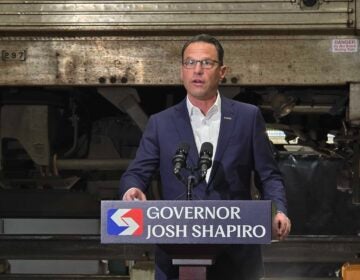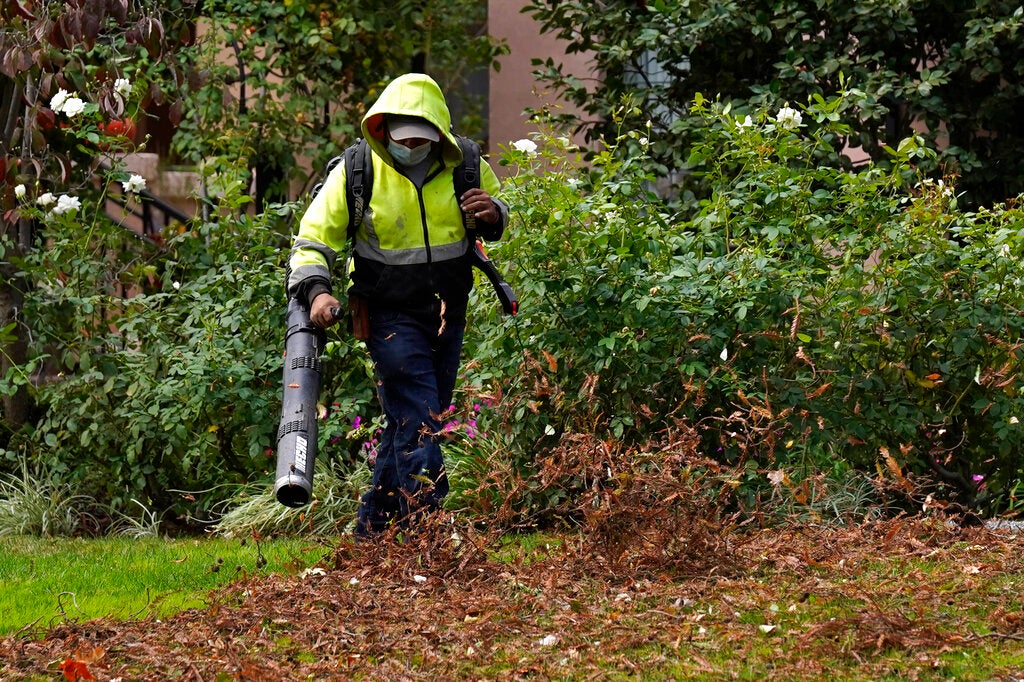Weavers Way co-op looks back at 40 years in Mt. Airy
-

-
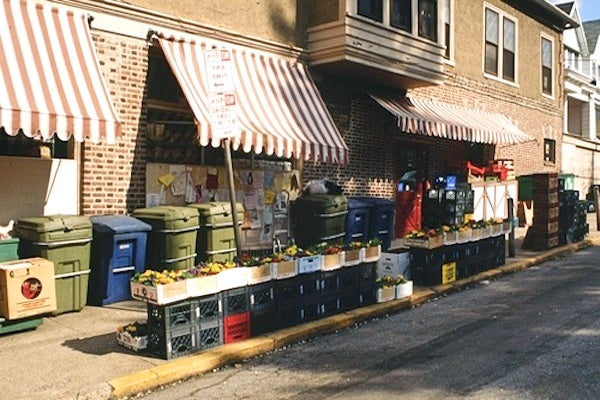
-

-
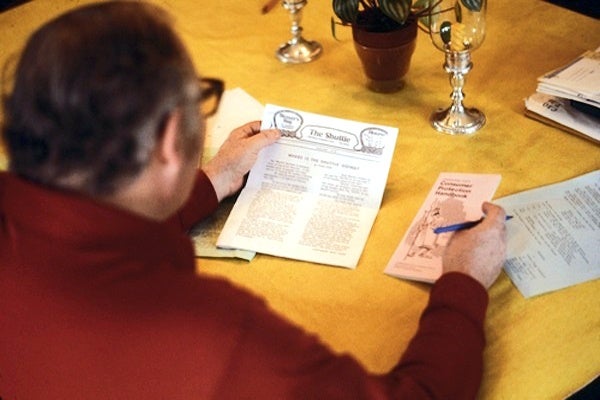
-
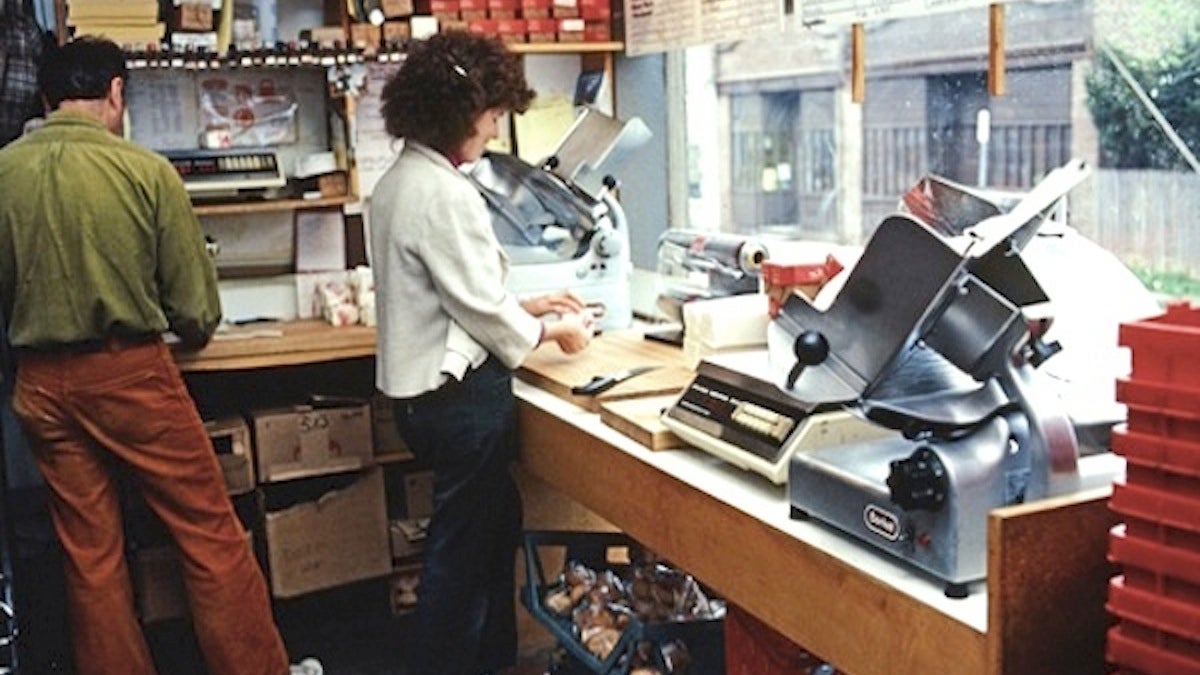
A scene of the co-op from 1978, five years after it opened. (Courtesy of Weavers Way Co-op)
Since 1973, Weavers Way has morphed from a group of neighbors carting wholesale apples in a station wagon once a week to a 5,000-household, two-farm, multi-store operation in 2013.
How the co-op was born
It all began with Jules Timerman, a Carpenter Lane resident who thought he could save some cash by going in on bulk, local groceries with his neighbors. Soon enough, the buying club gained interest from more neighbors and began distributing out of Summit Church.
“It was simply about cooperating to beat the prices at the supermarkets and getting food on their tables without starting a farm,” said Bettina de Caumette, outreach director at Weavers Way.
Within a year the group decided to buy a building, 555 Carpenter Ln., for $6,000 and put in a small store. Back then, only six people could fit in the space at a time.
Norman Weiss, who has been involved in the co-op for almost the entire 40 years and is currently the co-op’s purchasing manager, recalled that customers in the early days had to go put in an order at 557 Carpenter Ln., pick out their items at 555 Carpenter Ln., then go back next door to pay for them.
“It looked like they were a bunch of grown kids playing store,” Weiss said.
“We had great prices, but we didn’t have the highest quality stuff,” he added.
Although folks did have to pay for their membership, it was cheaper than today’s $400 lifetime membership fee, and work hours weren’t a requirement until about a year after the co-op was founded.
Weiss said that the popularity of the co-op soon exploded and was up to a few hundred members within months.
Money scandal
In 2002, Weavers Way suddenly had $500,000 in surprise debt — all due to a bookkeeping error.
“We’d been losing money for about three years without knowing it,” Weiss said.
With the unexpected debt, community members worried the co-op would not stay afloat.
Despite the money mismanagement, Weiss said Weavers Way only lost about 100 members and several community members stepped in to save the day.
According to a Philly.com article from 2005, workers took benefit cuts, members agreed to pay the 5 percent they’d normally be discounted for being a member and very few vendors dropped the co-op from their sellers list.
“We had a big turnaround,” Weiss said. “We went from losing money for three years to making money basically because everybody stuck by us.”
Some things never change
“The co-op succeeded because of Mt. Airy,” Weiss said, adding that it’s still known as a passionate and community-oriented neighborhood today.
Besides fiercely loyal community members, Weiss said another similarity between the Weavers Way of 40 years ago and today is that co-ops at both times have been a major topic of discussion.
“[Weavers Way was] part of a wave of the cooperative moment during the day and time in the 70s,” he said.
Instead of developing solely on Germantown Avenue, Caumette says Weavers Way has focused on maintaining a presence on Carpenter Lane and keeping foot traffic coming to the area.
“The slow and continued growth of the co-op over the years in this intersection has helped for it to stay alive as a commercial district and not get turned into residences,” she said. “It really does feel like a village.”
Looking ahead
In the last forty years, Weavers Way has opened a second store in Chestnut Hill in 2010, performed a half-million renovation to the Mt. Airy store and opened separate pet store combined with a health and wellness store.
The co-op has plans to open a new wellness store next door to its Chestnut Hill store.
Weavers Way has been a springboard for other co-ops nearby — like CreekSide Co-op in Elkins Park — which several Weavers Way members helped get off the ground.
The co-op is planning a celebration to celebrate 40 years in the community this fall.
WHYY is your source for fact-based, in-depth journalism and information. As a nonprofit organization, we rely on financial support from readers like you. Please give today.


